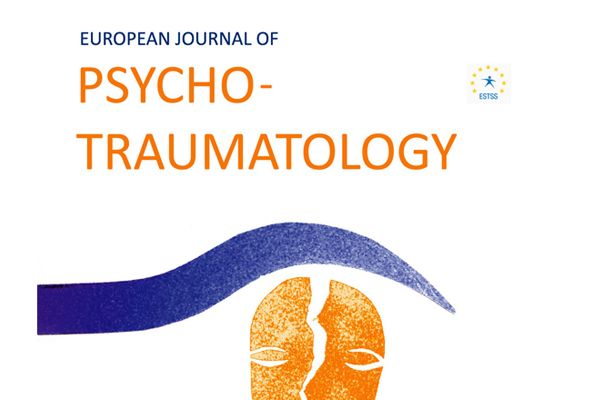21 juni 2021
European Journal of Psychotraumatology
Charlotte E. Hilberdink, Mirjam van Zuiden, Anouk Schrantee, Aniko Korosi, Antonia Kaiser, Paul Zhutovsky, Annie T. Ginty, Judith B. M. Ensink, Ramon J. L. Lindauer, Tanja G. M. Vrijkotte & Susanne R. de Rooij
https://doi.org/10.1080/20008198.2021.1880727
Abstract
Background: Posttraumatic stress disorder (PTSD) is associated with dysregulated neural, cortisol, and cardiac stress reactivity and recovery. This understanding is predominantly based on studies in adults applying emotional-cognitive and trauma-related stimuli inducing negative emotions or perceived threat. Despite large numbers of adolescents with PTSD, few studies are available on neurobiological stress reactivity in this population. Moreover, no previous studies investigated neural reactivity to social-evaluative stress.
Objective: To investigate functional brain connectivity, cortisol and cardiac reactivity to acute social-evaluative stress, and additional cortisol measures in trauma-exposed adolescents with and without high PTSD symptoms.
Method: A speech preparation task to induce acute social-evaluative stress elicited by anticipatory threat, was used in a subsample of the Amsterdam Born Child and their Development (ABCD) birth cohort, consisting of trauma-exposed adolescents with (n = 20) and without (n = 29) high PTSD symptoms. Psychophysiological interaction analyses were performed to assess group differences in functional connectivity of the hippocampus, mPFC and amygdala during social-evaluative stress and recovery, measured by fMRI. Additionally, perceived stress, heart rate and cortisol stress reactivity and recovery, cortisol awakening response and day curve were compared.
Results: The stressor evoked significant changes in heart rate and perceived stress, but not cortisol. The PTSD symptom and control groups differed in functional connectivity between the hippocampus and cerebellum, middle and inferior frontal gyrus, and the mPFC and inferior frontal gyrus during social-evaluative stress versus baseline. Mostly, the same patterns were found during recovery versus baseline. We observed no significant group differences in amygdala connectivity, and cortisol and cardiac measures.
Conclusions: Our findings suggest threat processing in response to social-evaluative stress is disrupted in adolescents with PTSD symptoms. Our findings are mainly but not entirely in line with findings in adults with PTSD, which denotes the importance to investigate adolescents with PTSD as a separate population.

Het European Journal of Psychotraumatology (EJPT) is een peer-reviewed, interdisciplinair wetenschappelijk tijdschrift dat deel uitmaakt van de European Society for Traumatic Stress Studies (ESTSS).
Het EJPT heeft als doel om wetenschappers, behandelaren en experts te betrekken bij de belangrijkste vraagstukken rond stress en trauma, waaronder individuele gebeurtenissen, herhaalde of chronische trauma's, grootschalige rampen en geweld.

